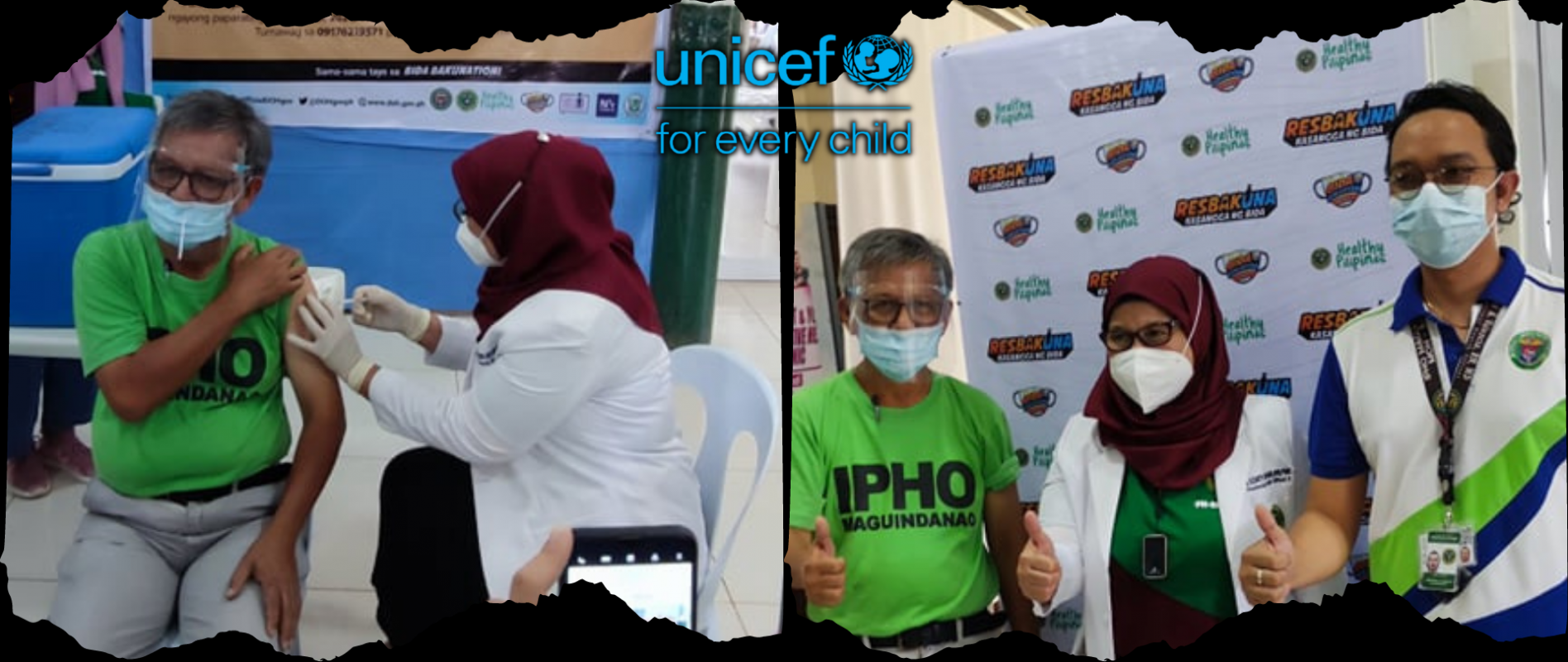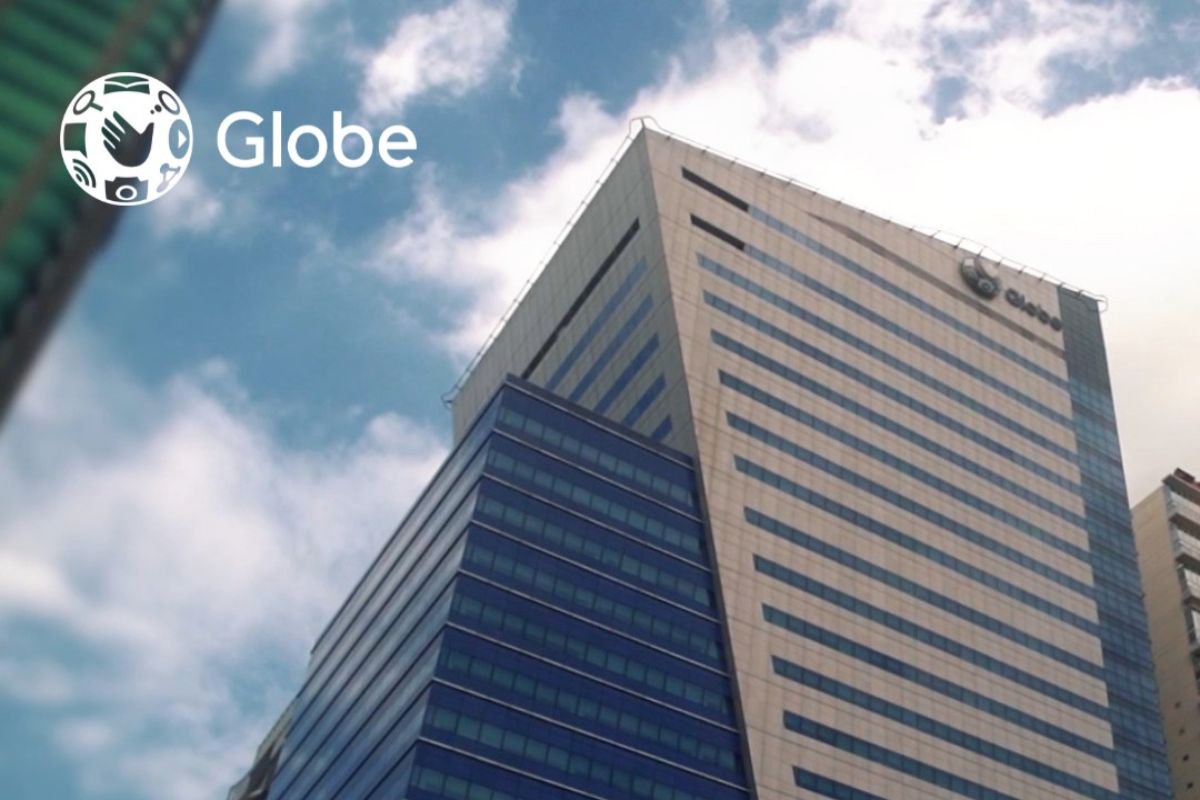VACCINE CHAMPIONS: A DOCTOR TO THE BARRIO ON CHALLENGES BEING FACED BY GIDA AREAS
When I first arrived in Datu Blah Sinsuat, Maguindanao, I was amazed by its pristine waters and majestic mountains. It was exhilarating for me since I am an outdoor person and love to go mountain climbing. As days went by and my euphoria subsided, I found out that the health situation here is far more difficult than I have imagined.

John Paul A. Valencia, MD Rural Health Doctor,
Datu Blah Sinsuat, Maguindanao
This is a sixth-class municipality and all 13 barangays are considered Geographically Isolated and Disadvantaged Areas (GIDA). There was no cellphone signal at that time and electricity was erratic. The main form of transportation is through motorized pump boats, even though it is still connected to the mainland. Other areas can be accessed by a single motorcycle coming from the opposite municipalities where it needs to pass through dangerous paths and cliffs.
These areas are deeply in need of essential health services. If people seek consultation, the transportation cost is too expensive, and the sea travel poses a great risk. Some patients are referred to health facilities far too late. Children and pregnant women are the most vulnerable.
When COVID-19 struck, it had a negative impact on the entire health care system. There is a pause in the referral system since people are afraid to go to the hospitals. The Rural Health Unit is the only health facility that caters to the health needs of the people. It is now clear that the main strategy to lessen diseases is to prevent them before they happen.
The timely vaccination of children and pregnant women is one of the main thrusts of public health. Through proper vaccination, we avoid life-threatening diseases and improve the quality of life especially of children. The cold chain is critical to vaccination because it ensures that the vaccines we give are potent and effective. However, storing and transporting vaccines is far more challenging in areas like ours.
The Vaccine Journey

The journey that the vaccines make to get to Datu Blah Sinsuat is a long one. Vaccines are transported from the DOH national storage in Research Institute for Tropical Medicine (RITM) in Manila. It will then be commercially flown to Awang airport near Cotabato City (1hr, 30mins) and will be received by the provincial vaccine storage facility. Some are island provinces that need to be travelled by sea.
In Maguindanao, it will be received by the IPHO (1hr travel), before being distributed to 36 Rural Health Units (RHUs). Once received in our RHU, unreliable electricity threatens the proper storage while long sea travel (2 hrs) and hike through mountains (3-5 hrs) make it vulnerable to sun exposure. These will be improved with stable electricity and investment on infrastructure. Proper training on cold chain and handling of vaccines among healthcare providers are equally important. Over the years, we have seen improvement in the overall health situation and infrastructure in our area. The government at the national and the provincial level are closely working together to improve power supply and the cold chain.
Hesitancy and misinformation

The greatest threat to vaccination nowadays though is not only the accessibility issue, but the vaccine hesitancy that is prevalent in some communities. Across social media, misconceptions and rampant fake news abound. Cultural beliefs as well as religion play a factor in people’s distrust of vaccines. The right tool that we should use is to have a strong advocacy, and timely access to correct health information. Through the partnership with our stakeholders including the formal and informal leaders, we can strengthen and build public trust on vaccines. Vaccines work and save lives.








